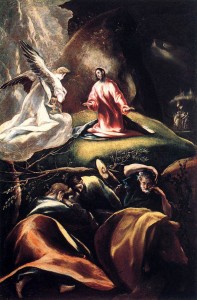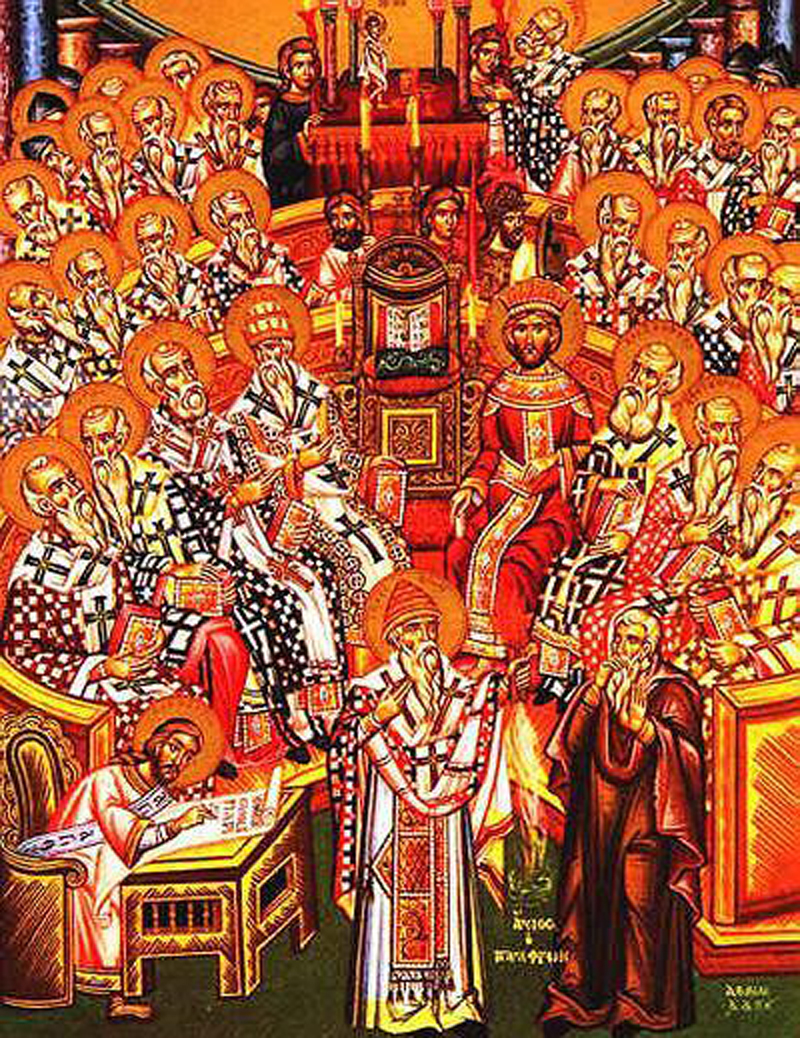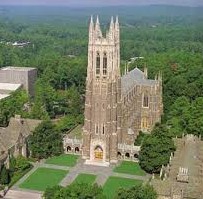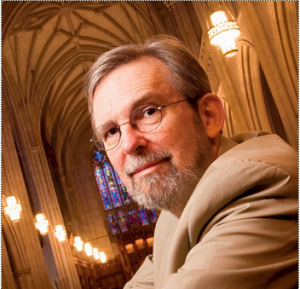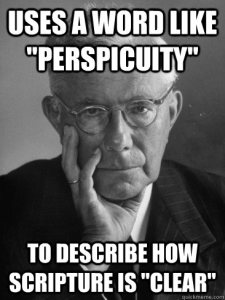 This post includes the outline/table of contents of my MA graduate thesis so I thought I would post it for those interested in my research agenda. This thesis has served/serves as a foundation for work I will be doing in the future, predominantly contributing the initial research and basis for my doctoral dissertation in the early Jewish reception of these traditions in Second Temple literature and Paul. Calling this a long and grueling process would be a truism. The table of contents are as follows:
This post includes the outline/table of contents of my MA graduate thesis so I thought I would post it for those interested in my research agenda. This thesis has served/serves as a foundation for work I will be doing in the future, predominantly contributing the initial research and basis for my doctoral dissertation in the early Jewish reception of these traditions in Second Temple literature and Paul. Calling this a long and grueling process would be a truism. The table of contents are as follows:
Chapter 1 – INTRODUCTION
1.1. Thesis
1.2. Methodology
1.2.1. The Wirkungsgeschichte of Genesis 15 as the Torah
1.2.2. Ancient Near Eastern Comparative Literature and the Cognate Conceptual World of the Hebrew Bible
1.3. Applying the Integrated Method
Chapter 2 – ANCIENT NEAR EASTERN COSMIC-POLITICAL CONTEXT AND THE COGNATE CONCEPTUAL WORLD OF THE HEBREW BIBLE
2.1. Cosmogony, Cosmology, and World Order
2.2. Canaanite Evidence
2.3. Mesopotamian and Babylonian Evidence
2.4. Egyptian Evidence
2.5. The Cosmic-Political Conceptual World of the Hebrew Bible
2.5.1. Celestial Bodies as the Host of Heaven and Members of the Divine Council
2.5.2. The Cosmic Mountain: The Abode of the Divine Council
Chapter 3 – GENESIS 15 AND THE ABRAHAMIC PROMISE OF STAR-LIKE SEED WITHIN THE NARRATIVE ART OF GENESIS
3.1. The Abrahamic Promise within the Narrative Art of the Pentateuch (Hexateuch, Enneateuch?)
3.2. The Abrahamic Promise within the Narrative Art of Genesis
3.2.1. Primeval History or Primordial Chaos? The Three Cosmic Rebellions of Genesis 1-11
3.2.2. The Abrahamic Narrative and the Restoration of the Cosmic Order
3.3. Genesis 15 as Vision, Dream, or Apocalypse?
3.3.1. Visions of the Divine Assembly in the Ancient Near East and Hebrew Bible
3.3.2. The Astral Visions of Abraham and David: Genesis 15, Numbers 24, 2 Samuel 7
3.3.3. Genesis 15 as Apocalypse?
3.4. Exegesis of Genesis 15
3.4.1. “The word of YHWH came to Abram in vision…” (Gen 15:1)
3.4.2. “Look toward the heavens and number the stars…” (Gen 15:5a)
3.4.3. “So shall your seed be” (Gen 15:5b)
3.4.4. “I am YHWH who brought you out of Ur of the Chaldeans to give you this land to possess” (Gen 15:7)
3.4.5. The Covenant and Prophetic Promise of the Exodus (Gen 15:7-21)
3.5. Genesis 15 and 17: Theophany, Covenant, and Star-Like Seed at the Center of the Abrahamic Narrative
3.6. The Recapitulation of the Abrahamic Promise of Star-Like Seed in Genesis
3.6.1. The Promise of Star-Like Seed at the Aqedah (Gen 22:15-18)
3.6.2. The Promise of Star-Like Seed as Told to Isaac (Gen 26:2-5)
3.7. Astral Imagery in Jacob’s Seed and Joseph’s Dream
3.7.1. Jacob’s Twelve Sons: Zodiacal Significance? (Gen 35:22b-26)
3.7.2. Joseph’s Dream: The Celestial Family of the Patriarch (Gen 37:5-11)
3.8. Answering Objections
3.8.1. The Promise of Star-Like Seed as Merely Numerical?
3.8.2. Stars and Sand: Repeated Elements of the Promise as Natural Phenomena?
Chapter 4 – BECOMING LIKE THE STARS: THE CELESTIAL PROMISE AS ALREADY BUT NOT YET IN THE HEBREW BIBLE
4.1. The Seventy Ascend the Cosmic Mountain (Exod 24:9-11): The Fulfillment of the Promise at the Heart of the Torah
4.2. The Abrahamic/Davidic Promise in the Psalms
4.3. The Falling of the Stars: The Prophetic Narrative of Celestial Catastrophe, the Judgment of the Hosts, and the Coming Rule of YHWH
4.4. David’s Abrahamic Seed: Jeremiah and the Conflation of the Abrahamic and Davidic Covenants
4.5. Shining as the Stars in the Resurrection: Daniel 12, the Climax of the Covenant, and Replacing the Stars?
4.6. Conclusion
Enjoyed finally finishing this project, defending it, and placing the bound copy in the library. I have enjoyed the many great conversations that have been had over this research and look forward to many more in the future. If you are interested in reading the thesis, email me to request a copy at david.burnett@marquette.edu.




